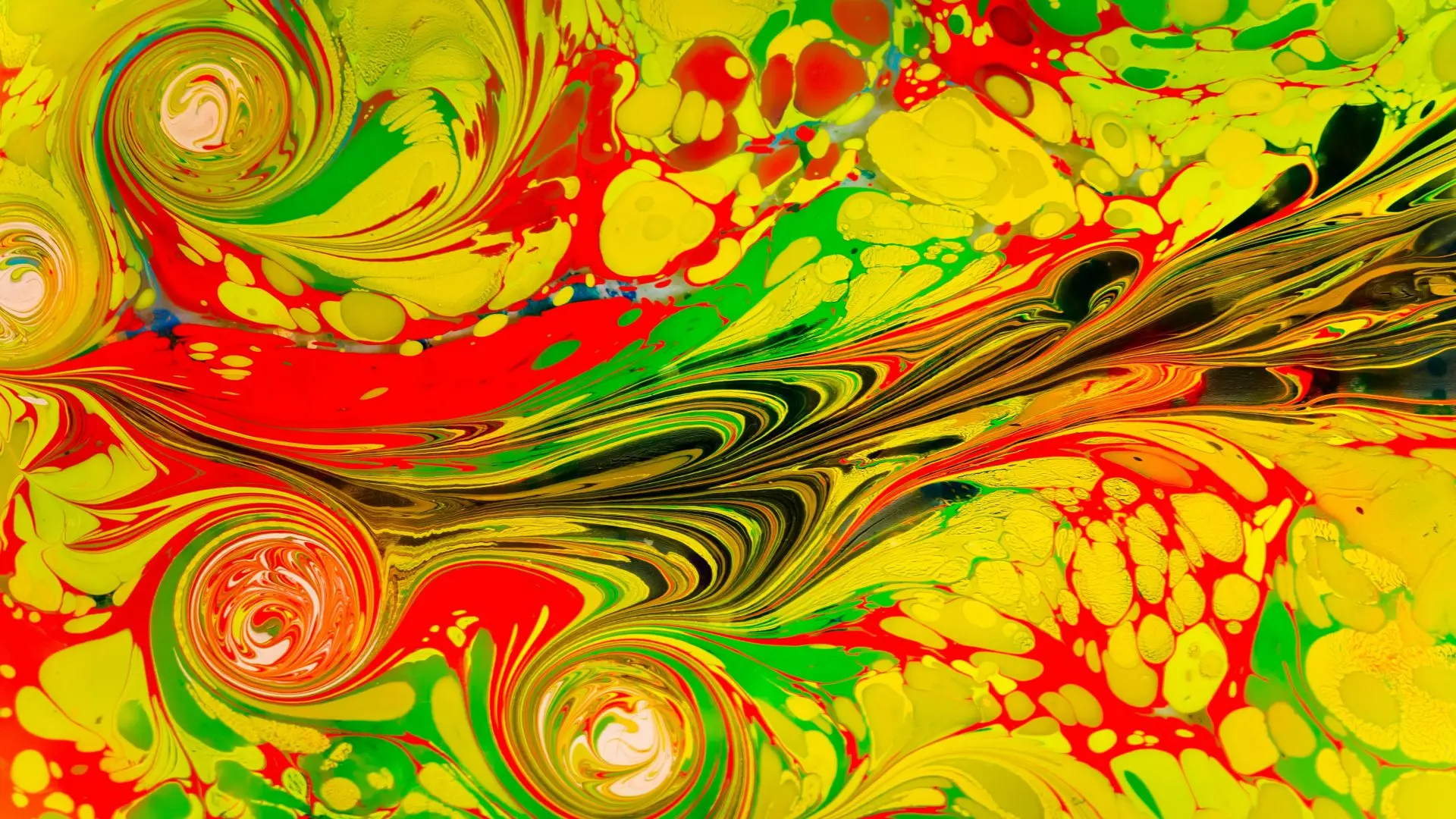Nergal: God of War, Plague, and the Underworld

Looking for more amazing products? Check out our online store and explore our collection here! Happy shopping!
Before diving in, please note: This post is for informational purposes only. If you’d like to know more about how we approach topics, feel free to check out our friendly Disclaimer Page.
Hey there, amazing readers! 
We’re committed to delivering quality posts, and your support (even just sticking around despite the ads) means everything to us. So, bear with us, and thanks for helping us keep the good vibes rolling. Now, on to the fun stuff!
TRANSLATE BUTTON AT THE END OF THE ARTICLE
Overview
Nergal, the ancient Mesopotamian deity, is a complex figure with multiple roles and associations.
In Mesopotamian mythology, he is primarily known as the god of war, plague, and the underworld.
Nergal’s significance in this ancient civilization cannot be understated, as he played a crucial role in the pantheon of gods worshipped by the Mesopotamians.
This article aims to provide a comprehensive understanding of Nergal, exploring his various roles, symbols, worship, and influence on other gods and pantheons.
Additionally, it will delve into Nergal’s relevance in modern interpretations and culture, as well as highlight significant archaeological findings that shed light on his legacy.
Nergal: God of War, Plague, and the Underworld
Nergal is a prominent deity in Mesopotamian mythology, revered as the god of war, plague, and the underworld.
He holds a significant position among the pantheon of gods worshipped by the ancient Mesopotamians.
Nergal’s association with war can be attributed to his ferocious and mighty nature.
As the god of plague, Nergal is believed to have the power to unleash diseases and epidemics upon humanity.
His connection to the underworld further solidifies his role as a powerful and fearsome deity.
Ancient Mesopotamian Deity with Multiple Roles
One of the distinctive features of Nergal is his multifaceted nature.
While he is primarily known for his roles as the god of war, plague, and the underworld, Nergal also exhibits a dual nature with both destructive and protective powers.
This duality sets him apart from other deities in the Mesopotamian pantheon and adds to his complexity as a divine figure.
Nergal’s ability to bring both destruction and protection showcases the intricacies of ancient Mesopotamian beliefs.
Significance of Nergal in Mesopotamian Mythology
Nergal’s significance in Mesopotamian mythology stems from his strong association with various aspects of life and death.
As the god of war, he was revered by warriors who sought his favor and protection in battle.
Nergal’s role as the god of plague indicates the ancient Mesopotamians’ understanding of the devastating impact of diseases and their belief in a divine force responsible for their occurrence.
Furthermore, Nergal’s connection to the underworld demonstrates the Mesopotamians’ belief in an afterlife and the existence of a realm where souls would journey after death.
Nergal’s Role as a Fierce and Mighty God of War
Nergal’s portrayal as a fierce and mighty god of war is evident in Mesopotamian texts and art.
He is often depicted as a warrior clad in armor, wielding weapons such as a mace or a sword.
Nergal’s association with war made him a respected and feared deity, and warriors sought his blessings before going into battle.
Ancient Mesopotamians believed that by appeasing Nergal, they would gain his favor and protection, increasing their chances of victory on the battlefield.
Unveiling Nergal’s Association with Plagues and Disease
In addition to his role as a god of war, Nergal is closely associated with plagues and diseases.
Mesopotamians believed that Nergal had the power to bring forth epidemics and inflict illness upon humanity.
He was often invoked in rituals and prayers to ward off or alleviate the suffering caused by these afflictions.
Nergal’s association with diseases further emphasizes his destructive capabilities and his ability to wield power over life and death.
Journeying into the Underworld with Nergal
Nergal’s connection to the underworld is a significant aspect of his mythology.
In Mesopotamian belief, the underworld was a realm where the souls of the deceased would journey after death.
As the god of the underworld, Nergal held the power to judge and determine the fate of these souls.
Mesopotamians believed that to reach the afterlife, one had to face Nergal’s judgment and pass through the gates of the underworld, guarded by his divine consort, Ereshkigal.
Nergal’s Dual Nature: Destructive and Protective Powers
One of the intriguing aspects of Nergal is his dual nature, encompassing both destructive and protective powers.
While he was feared for his association with war and plague, Nergal also had a protective side.
It was believed that he could offer solace and aid to those in need, provided they approached him with reverence and respect.
Nergal’s dual nature highlights the complex beliefs of the ancient Mesopotamians, who recognized the balance between destruction and preservation in their worldview.
Depictions and Symbols of Nergal in Art and Literature
Nergal’s depictions in ancient Mesopotamian art often portray him as a warrior, emphasizing his role as the god of war.
He is shown wearing armor, holding weapons, and displaying a fierce countenance.
Additionally, Nergal is sometimes depicted alongside his divine consort, Ereshkigal, the queen of the underworld.
His symbols include the mace, sword, and lion, reflecting his power and authority.
Worship and Rituals Dedicated to Nergal in Ancient Times
Ancient Mesopotamians worshipped Nergal through various rituals and ceremonies.
Temples dedicated to him were centers of worship, where priests and priestesses conducted religious ceremonies on behalf of the community.
Offerings of food, drink, and incense were made to appease Nergal and seek his favor.
Rituals involving prayers, hymns, and purifications were performed to honor and acknowledge the deity’s presence.
Nergal’s Influence on Other Gods and Pantheons
Nergal’s influence extended beyond his individual role as a god.
He had connections with other deities in the Mesopotamian pantheon, forging relationships and shaping their attributes.
For example, his marriage to Ereshkigal, the queen of the underworld, solidified his position as the god of the underworld.
Nergal’s interactions with other gods and pantheons demonstrate the interplay and complexity of ancient Mesopotamian religious beliefs.
Rediscovering Nergal’s Legacy: Archaeological Findings
Archaeological findings have played a crucial role in uncovering and understanding Nergal’s legacy.
Ancient artifacts, inscriptions, and texts have provided valuable insights into the worship and reverence bestowed upon Nergal by the Mesopotamians.
Excavations of temples and ritual sites have revealed the significance and prominence of his cult in ancient times.
These discoveries have shed light on the cultural and religious practices associated with Nergal.
Nergal’s Relevance in Modern Interpretations and Culture
While Mesopotamian civilization may be ancient, the legacy of Nergal continues to resonate in modern interpretations and culture.
Nergal’s multifaceted nature and associations with war, plague, and the underworld make him a fascinating figure for contemporary scholars and artists.
His themes and symbols have found their way into various forms of art, literature, and popular culture, serving as a source of inspiration and exploration of ancient Mesopotamian mythology.
Conclusion
Nergal, the god of war, plague, and the underworld, holds a significant place in Mesopotamian mythology.
Through his multiple roles and associations, Nergal reflects the complex beliefs and understanding of the ancient Mesopotamians.
His dual nature, as both a destructive and protective deity, adds depth to his character.
Nergal’s depictions and symbols in art and literature showcase his power and authority.
The rituals and worship dedicated to him reflect the devotion and reverence accorded by the ancient Mesopotamians.
Nergal’s influence on other gods and pantheons demonstrates the interconnectedness of ancient religious beliefs.
Archaeological findings provide valuable insights into his legacy, and his relevance continues to be explored and celebrated in modern interpretations and culture.
Nergal remains an enduring figure, embodying the rich mythology and spirituality of ancient Mesopotamia.

The Enlightenment Journey is a remarkable collection of writings authored by a distinguished group of experts in the fields of spirituality, new age, and esoteric knowledge.
This anthology features a diverse assembly of well-experienced authors who bring their profound insights and credible perspectives to the forefront.
Each contributor possesses a wealth of knowledge and wisdom, making them authorities in their respective domains.
Together, they offer readers a transformative journey into the realms of spiritual growth, self-discovery, and esoteric enlightenment.
The Enlightenment Journey is a testament to the collective expertise of these luminaries, providing readers with a rich tapestry of ideas and information to illuminate their spiritual path.
Our Diverse Expertise
While our primary focus is on spirituality and esotericism, we are equally passionate about exploring a wide range of other topics and niches 

To ensure we provide the most accurate and valuable insights, we collaborate with trusted experts in their respective domains 
Our blog originally focused on spirituality and metaphysics, but we’ve since expanded to cover a wide range of niches. Don’t worry—we continue to publish a lot of articles on spirituality! Frequently visit our blog to explore our diverse content and stay tuned for more insightful reads.
Hey there, amazing reader! 
Check out our store here and take a peek at some of our featured products below! Thanks for being awesome!















